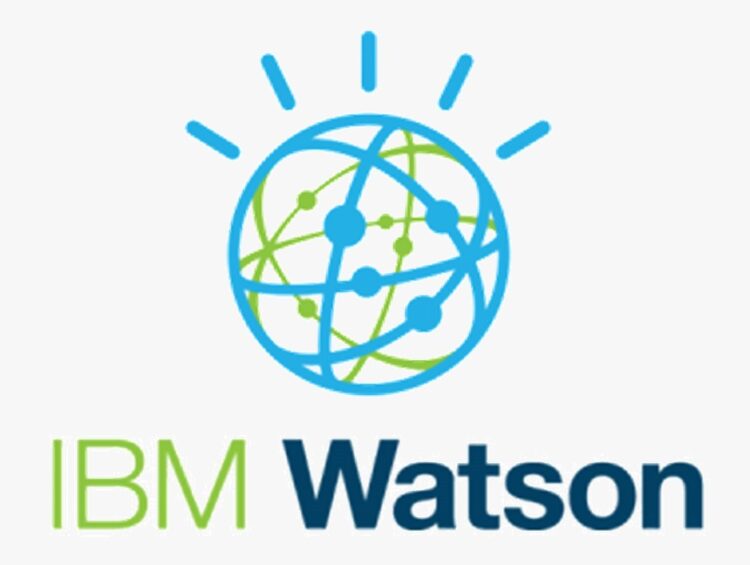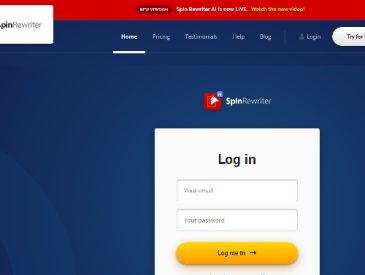The IBM Watson Assistant sends events to Segment to be processed. These events appear as tables in the warehouse or as regular events in other Destinations. They are generated using the v2 API and are associated with a user ID. They are sent every time the assistant completes processing an action or message, including subactions. These events include properties that describe how the assistant handled the message or action. To use these events, you must first add the appropriate v2 API identifier for the Watson Assistant.
IntelePeer is an add-on to IBM Watson Assistant
IBM has made several enhancements to its Watson Assistant solution, including an agent app that provides transcriptions of virtual agent conversations and seamless handoffs to human agents. A search skill that is designed to retrieve specific answers in long passages is now included in the Watson Assistant. The new search skill also provides context surrounding answers. IntelePeer will make it easier for IBM customers to resolve customer queries using AI.
A platform as a service (PaaS) solution that enables communications enabling IBM Watson applications, IntelePeer provides a communications platform for the IBM Watson Assistant. Its intuitive visual builder makes it easy for non-coders to get started with the platform. Moreover, developers can take advantage of advanced integration features with SmartFlows. Lastly, an application that manages communications, Engage, enables enterprises to send voice campaigns and text messages, and provides a platform for integrating it with the Watson Assistant.
As an add-on to the IBM Watson Assistant, IntelePeer provides enterprise-class omnichannel communications solutions powered by automation, AI and analytics. CPaaS solutions can enhance the customer experience, drive down operational costs, and create new revenue streams for businesses. The IntelePeer Atmosphere CPaaS platform provides a simple-to-use environment for businesses to use and implement its services.
IBM has also added several new features to the Watson Assistant. Its Search Skill now features short-answer retrieval, backed by IBM Research’s robust QA system. Watson Assistant virtual agents can now articulate answers in just a few words and cite the source and context for accurate answers. Furthermore, the Search Skill also includes FAQ extraction, which allows administrators to sync their virtual agents with broader sources of information and reduce the need for manual updates.
Integrates with WhatsApp
There are a couple of ways to integrate IBM Watson Assistant with WhatsApp. If you want to send and receive WhatsApp messages, you can connect your account with Twilio, a social network that helps companies connect with users. To start, you must sign up for a premium Twilio account. You will also need to provide a Facebook Business Manager ID and permission. This guide will walk you through both steps.
First, you must register your device for the IBM Watson Assistant to access WhatsApp. You must have the Watson Assistant API key. Once you have done that, you should select the assistant from the services tab. After that, you can set up the sandbox. To configure this, you need to copy the webhook URL into the Sandbox participants and Watson Assistant account. After confirming that, you can start sending messages to your friends and family.
To integrate IBM Watson Assistant with WhatsApp, you need to wire the app with its API. Once you have done that, you will be able to use it to send text or voice messages. The chatbot software will automatically convert your voice to text and respond to you, based on your intent. You can also use this integration to tie information back to existing processes and systems. The integration is very convenient for users, as it allows them to continue communicating with their friends while being away from the office.
You can use IBM Watson Assistant to build a chatbot that will work with the customer care ecosystem. Once you have your bot, you can connect it to your customer care ecosystem through web chat integration. By incorporating IBM Watson Assistant into your customer care ecosystem, you can ensure a better customer experience. You can even add your chatbot to your existing chatbots or customize it according to your brand’s guidelines. You can also connect your chatbot to various customer communication channels, like WhatsApp and Twilio.
Provides HTML snippets
IBM Watson Assistant offers an easy way to create your own HTML chatbot. You can integrate it into your web applications, mobile apps, and custom channels. It also offers a webchat feature that generates a widget hosted by IBM, requiring no maintenance and no additional cost. This is particularly useful when a user is working on a project that requires HTML snippets. Here are the steps to get started:
StartChat starts a chat session and implements the process plan. It also sets up the WebSocket connection and creates an agent profile. The endChat function closes the WebSocket. The sender and receiver of the chat conversation are known to the Watson Assistant. In addition, snippets can be stored in the chat history. You can also create custom actions for Watson Assistant to perform.
Improves containment rates
An automated solution such as IBM Watson Assistant can help businesses in several ways, from improving first contact resolution to reducing the number of calls handled by live agents. IBM Watson Assistant works by using natural language processing techniques to identify pure synonyms, abbreviations, and common misspellings. When using the service, the system can help you improve containment rates by up to 30 percent. But it cannot expand all entities in your data, and you must expand problematic entities manually.
To determine the effectiveness of a solution, it is important to measure how many conversations are handled by humans. To do this, you can use the “Connect to Human Agent” response type of Watson Assistant and train it accordingly. In addition, you can measure how many conversations were handled by humans versus automated systems. The analysis of these metrics can be used to find areas for improvement. Here are a few examples:
The software’s continuous training reduces the need for voice and chat agents and increases containment rates by up to 40 percent. In addition, the Watson Assistant can help organizations consolidate their internal help desk agents, resulting in significant savings. For example, IBM Watson Assistant has been able to save the company $13.2 million over three years, while driving a 40 percent containment rate. And IBM Watson Assistant can be used for a wide variety of use cases, including customer service, sales support, and customer experience.
When training Watson Assistant, companies can monitor the frequency of intents matching. If any patterns are not covered by the current intents, they can add them to the training. Another way to improve containment rates is to make use of the recommendation tool that comes with the Watson Assistant. It analyses chat transcript logs from assistant conversations to find candidate intents and user examples. In this way, you can make sure the AI assistant will be able to answer the queries of customers without human involvement.
Improves first contact resolution
IBM Watson Assistant improves first contact resolution, reduces call center hold times, and can free up service team members to focus on more complex issues. Large call centers have already seen impressive results with Watson Assistant and other AI-powered customer service solutions. For example, GSK deployed Watson Assistant to address 16 key pain points for their customers. The new solution has an add-on for nearly every major contact center platform, including Genesys and NICE inContact.
As contact centers and help desks continue to deal with historic call and chat volumes, delivering fast and successful first-contact resolution is a top priority. However, resolving a question successfully requires engaging and understanding the user’s question. IBM Watson Assistant improves first contact resolution by delivering personalized, relevant information, and helping human agents focus on higher-value work. By combining the power of machine learning and AI, IBM Watson Assistant can deliver better first-contact resolution with minimal human intervention.
IBM recently announced new AI capabilities in Watson Assistant that can enhance customer service experiences across any channel. Watson Assistant is capable of setting up and testing voice agents and has partnered with IntelePeer, a leading Communications Platform-as-a-Service provider. The new agent app makes it easy to handoff conversations to live agents while Watson Assistant uses natural language processing capabilities to answer customer questions. With these new capabilities, IBM Watson Assistant can help businesses make their customer service experiences more personalized.
A real-world example of how IBM Watson Assistant can improve customer service is in the state of Rhode Island, which was dealing with the COVID-19 pandemic. The State of Rhode Island fielded hundreds of thousands of calls every month from concerned citizens. It needed more efficient processes and quick updates to rapidly changing COVID information. IBM Watson Assistant can handle these challenges with confidence. And the State of Rhode Island has successfully integrated Watson Assistant into its IVR for Vaccine Appointment Scheduling and other customer-facing systems.





